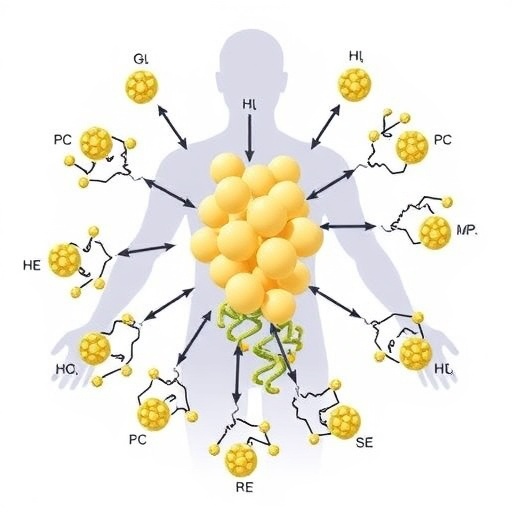Infants and toddlers in low-income, rural areas may be at higher risk for second- and third-hand smoke than previously reported, according to new Penn State-led research.
As many as 15 percent of children tested had levels of cotinine, a byproduct formed when the body breaks down nicotine, comparable to those of adult smokers. About 63 percent of children in the study had detectable levels of cotinine, suggesting widespread exposure to smoke. The study appears in Nicotine & Tobacco Research.
“This is one of the first studies to explore the risks of very young children, especially infants, for second- or third-hand exposure to smoking,” said Lisa M. Gatzke-Kopp, professor of human development and family studies and lead author of the study. “Our findings suggest that moving frequently, having more adults in the home, and spending less time in center-based, daycare facilities may increase a child’s exposure to smoke or smoke residue.”
The researchers analyzed data from the Family Life Project, a long-term study of rural poverty in North Carolina and Pennsylvania. For the study, saliva samples of over 1,200 children were tested for cotinine. The samples were collected from children at age 6 months, 15 months, 2 years and 4 years. The presence of cotinine indicates that the child was exposed to second- or third-hand smoke. Second-hand smoke comes from a lit tobacco product, an electronic smoking device, or the smoker. Third-hand smoke is an invisible residue from smoke that settles onto floors, furniture and clothing.
The researchers classified the children into three groups based on their cotinine levels. Fifteen percent of the children were in the high exposure group, with cotinine levels comparable to active adult smokers, while 48 percent were in the moderate exposure group and 37 percent were in the low exposure group. These values are higher than those seen in data previously reported in the National Health and Nutrition Examination Survey, which found that only one-third to one-half of children’s blood samples had detectable cotinine.
“One of the reasons we may have found higher levels of exposure is that we looked at much younger children, starting when they were only 6 months old,” stated Gatzke-Kopp, who is also a Social Science Research Institute co-funded faculty member. “Because infants often put objects into their mouths and crawl on floors, they may be more likely to ingest smoke residue or get it on their skin, compared to older children.”
The study team evaluated independent factors that may influence a child’s probability of being in one of the three exposure groups. They found that lower income, less education, frequent residential moves and fluctuations in the number of adults within the home were associated with high smoke exposure, whereas time spent at a center-based daycare was associated with lower smoke exposure.
“Our results, if supported by future studies, can help educate parents and caregivers, as well as improve prevention programs that seek to reduce children’s smoke exposure,” said Clancy Blair, professor of cognitive psychology at New York University’s Steinhardt School of Culture, Education and Human Development and the senior author of the study. “For instance, nonsmoking families may not be aware that nicotine can be present in their child’s environment if their home was previously occupied by a smoker or if smoking is permitted at the workplace.”
###
Funding for the study was provided by the National Institute on Drug Abuse and the Environmental influences on Child Health Outcomes (ECHO) program, all part of the National Institutes of Health.
Other researchers on the project were Michael Willoughby, fellow and senior research public health analyst at RTI International; Siri Warkentien, education and workforce development at RTI International; Thomas O’Connor, professor of psychiatry at the University of Rochester Medical Center; and Douglas Granger, director and chancellor’s professor at the Institute for Interdisciplinary Salivary Bioscience Research, University of California Irvine.
Media Contact
Kristie Auman-Bauer
[email protected]
814-865-7011
Related Journal Article
https:/
http://dx.




